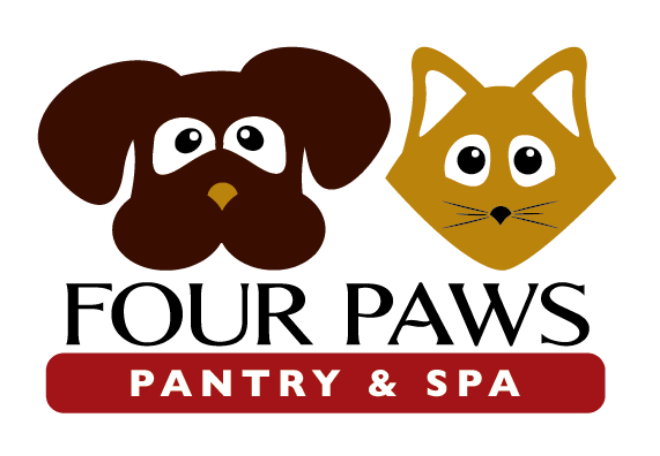Changing not only the amount you feed but what you feed can mean the difference between success and failure with your pet’s weight control.
The majority of dog and cat owners feed a dry kibble diet. WHY? Well, it’s inexpensive, easy to feed, and there is virtually no mess to clean up. For those same reasons, we should all eat cereal 3 times a day, right?
Dry kibble diets have a ton of starch and carbohydrates in their formulations (30 – 40%). Basically if it isn’t listed on the guaranteed analysis, then it’s a carb. The only exception is Ash (what’s left over in pet food after it has been completely incinerated). The percentage of Ash is usually not listed on the product you purchase; you can often find the ash content online. For this exercise, if you cannot find the percentage of ash for the dry kibble you are feeding, plug in 8 percent.
So let’s determine the carbohydrate level for the food listed below:
Protein 26%, Fat 15%, Fiber 5%, Moisture 10%, and *Ash 8%.
These numbers total 64. When subtracted from 100, we are left with 36. So, the food listed above has 36% carbohydrates. Yikes! And, that’s a pretty average number; some kibbles are quite a bit higher, so check your bag!
Clean up please!
Dogs and cats have absolutely no dietary requirement for carbohydrates. None! So you might rightfully ask yourself why so many carbs? Well for one, it prevents kibble from crumbling and two, starches make food less expensive. Starches also greatly increase stool volume because our pets can’t process the stuff, so they just get rid of it. And guess who gets to clean that up!
New Kibble Diets:
There are a few new kibbles on the market that have reduced the amount of carbs in their formulations. Stella & Chewy’s has a new baked kibble that comes in at around 19% and Orijen just launched their Fit & Trim at a low of 16%.
Even still, our pets simply don’t require all that starch.
Consider this canned diet:
Protein 10%, Fat 9%, Fiber 1.5%, Moisture 78%, Ash, not reported (but it’s usually 2% or less in canned diets).
What you add things up you can see that this canned diet is very low in carbs.
Now let’s look at my all-time favorite diet, raw:
Protein 14.6%, Fat 8.9%, Fiber .7%, Moisture 74%
Doing the math, we are left with 1.8% for carbs and ash.
When this diet is converted to a dry matter basis (needed for a true comparison to dry kibble) the values are:
Protein 56%, Fat 33%, Fiber 1%, Ash 7.08%, Carbs 0.7%
What are we missing here? Starch!
Dollars and Sense
Yes, raw and canned diets are more expensive, but so is real food compared to processed food. And when you consider the cost of vet visits because you pet becomes ill from a poor diet, the dollars spent for a more species appropriate food makes sense. For those who simply cannot do all raw or all canned, consider giving your pet a mix of kibble, low carb kibble, canned and/or raw. Because when dealing with our pet’s thickening waistline, feeding them a balanced diet with little to no starchy carbs will help get us across the finish line!
Other Considerations
Another food value to consider reducing is fat. Fat like protein is good for our pets, but we need to be sensitive to the percentage of fat for our weight loss goals. A good percentage for weight loss is around 10% of animal fat in kibble type diets. You can find some low fat canned and raw diets as well. Fish fat on the other hand, can actually be a higher percentage since it also reduces inflammation throughout the body and can actually help with weight loss.
Now, plug in some exercise and you are sure to succeed! That’s what we’ll cover in Part 3.
